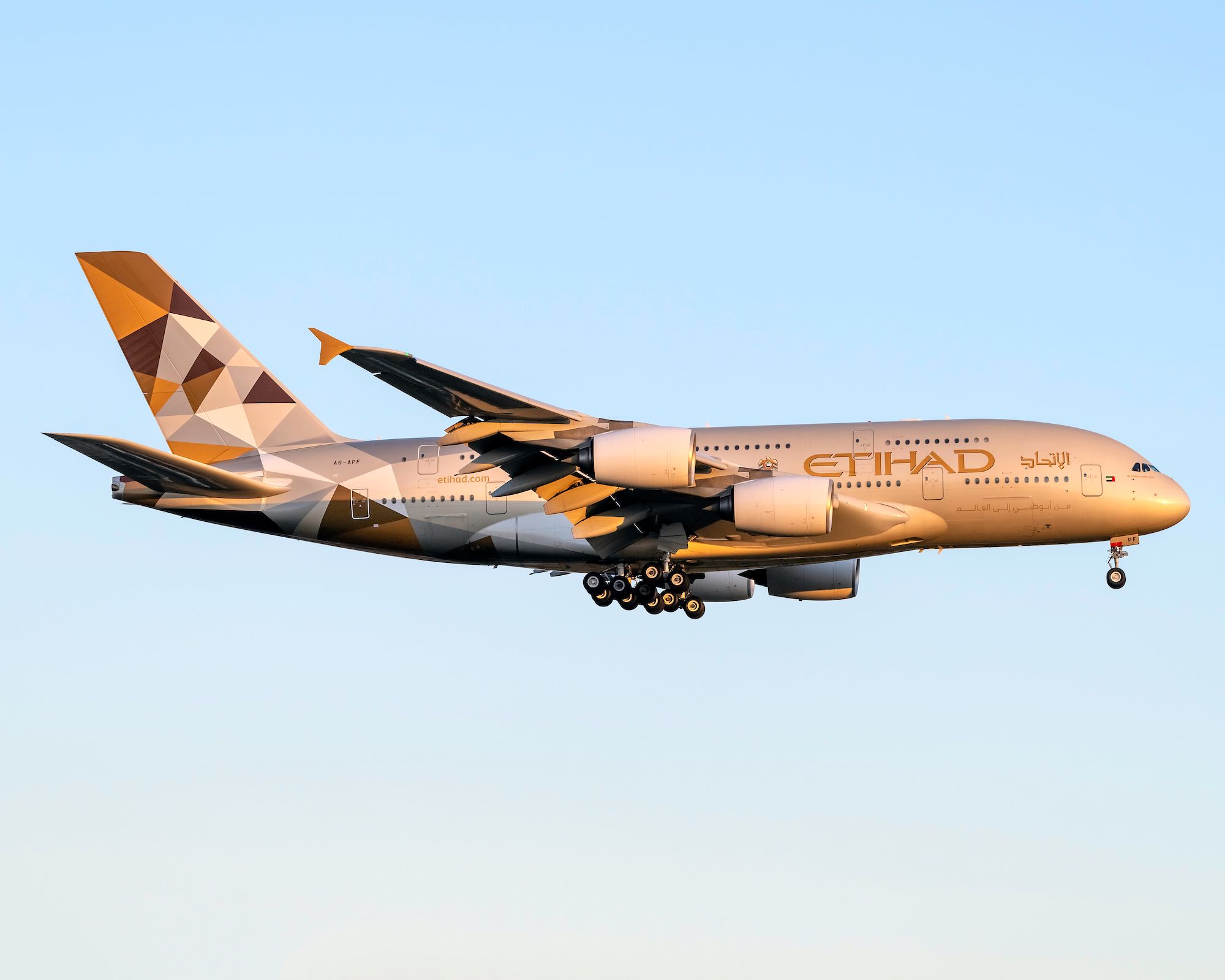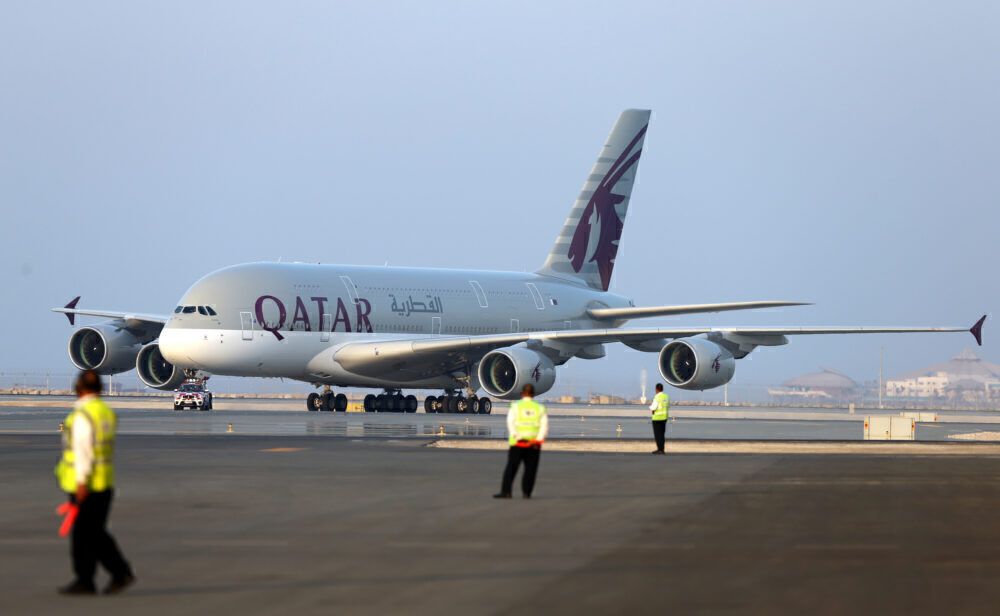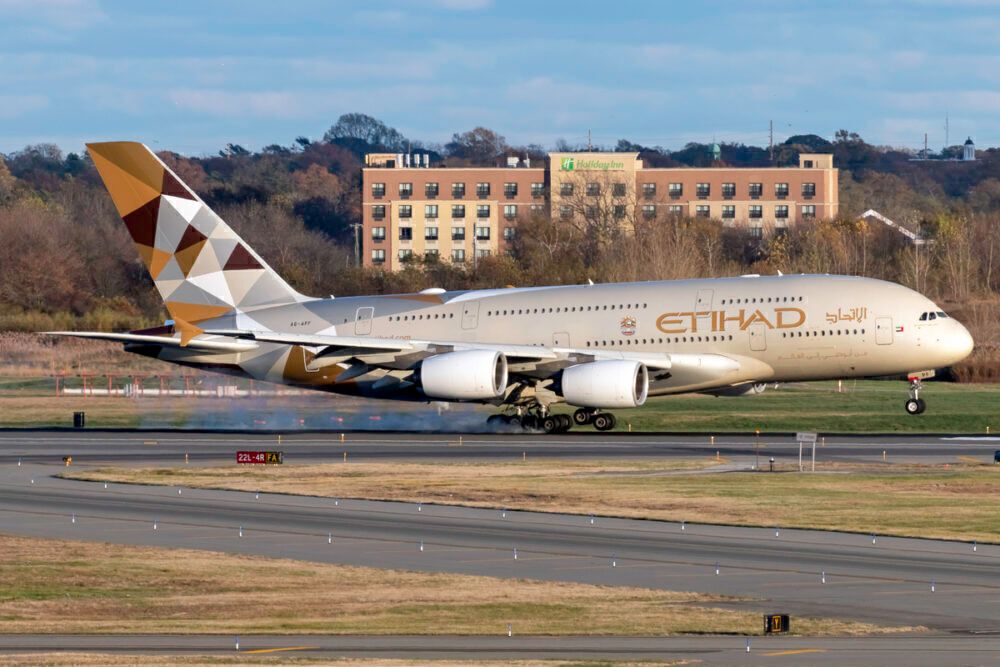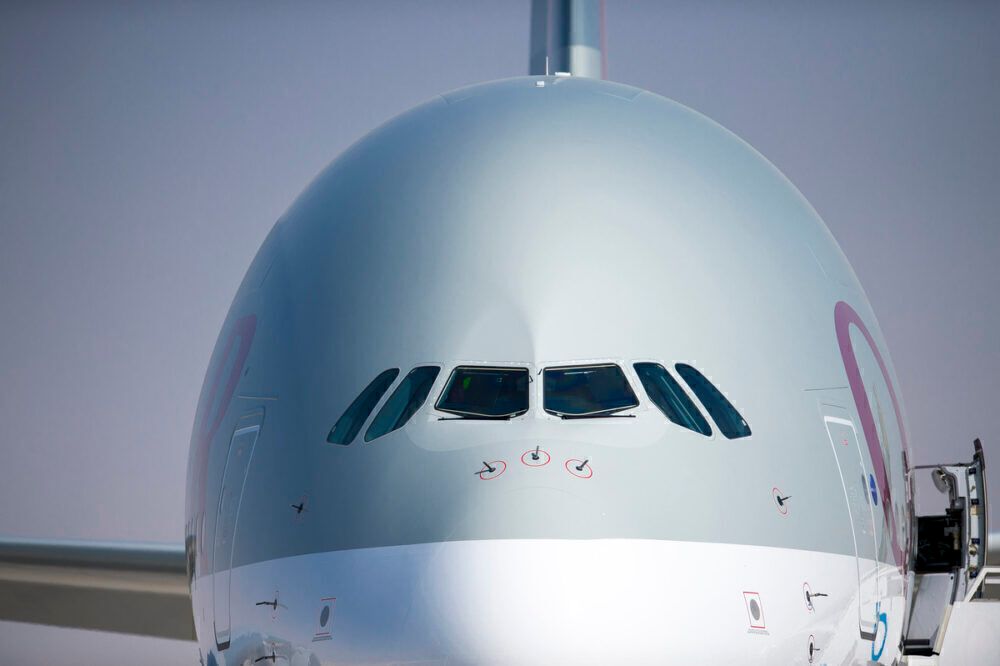Having started using the A380 in 2014, both Qatar Airways and Etihad Airways were not particularly large operators of the aircraft. They had less than 7% of total A380 flights, with seven destinations on a scheduled basis for Etihad and just one more for Qatar Airways.
Earlier this year, Qatar Airways revealed that it would retire five of its 10-strong A380 fleet, but now the future of the remaining five remains very much in doubt. In the past few days, the airline's CEO, Akbar Al Baker, made it clear that they may be permanently grounded, commenting that "there is no future" for the aircraft.
This wasn't really anything new, but the latest commentary was followed by Etihad Airways removing the A380 from its website entirely, building on its earlier intention to cease using the aircraft. These developments come as six airlines gear up to return the A380 to service this winter.
Stay informed: Sign up for our daily and weekly aviation news digests.
The eighth and ninth-largest A380 users
Having both introduced the A380 in 2014, neither Middle East airline was an especially large operator of the type. With nearly 26,000 flights, Qatar Airways was the world's eighth-largest user since 2014, OAG data reveals. Meanwhile, Etihad Airways was ninth:
- Emirates: 357,888 scheduled A380 flights since 2014
- Singapore Airlines: 76,831
- Qantas: 39,717
- Lufthansa: 39,055
- British Airways: 31,080
- Air France: 28,957
- Korean Air: 28,569
- Qatar Airways: 25,842
- Etihad Airways: 23,322
- Thai Airways: 20,193
Since 2014, the A380 has had 715,600 scheduled flights across all airlines, both regular users and those using Hi Fly's example. Of these, Emirates had dead on half (50%), while it was just 3.6% for Qatar Airways and 3.3% for Etihad.
Qatar Airways' A380 use
Qatar Airways used the A380 on three routes from Doha in the first year: non-stop to Heathrow (which started in October 2014), Paris CDG (November), and Bangkok (December). This nicely demonstrates the main purpose of the A380: higher-capacity aircraft (in this airline's case, 517 seats) on heavy traffic routes to (normally) slot-constrained airports. This helped it to make the most of each slot, especially at key times to feed its Doha hub.
No new A380 route was added in 2015, but Guangzhou and Sydney launched in 2016. This was also the year Qatar Airways began Atlanta, with the first flight operated by the A380. This was when the spat between the US and the 'big three' Middle East carriers was ongoing.
Melbourne was added in 2017, while Heathrow became Qatar Airways' top A380 destination, overtaking Bangkok. Perth began in 2018, followed by Frankfurt in 2019, a year in which eight destinations saw the A380.
Of aircraft used each year between 2014 and 2019, the A380 was Qatar Airways' third-least-used, behind only the A319 (least-used) and the A340-600.
Etihad Airways' A380 use
Heathrow began in December 2014, making this route Etihad's first with the A380. It had a scheduled departure time from Abu Dhabi of 02:35, with a 06:35 arrival into Heathrow. It then arrived back in the UAE capital at 20:15, feeding a significant overnight departure bank.
New York JFK and Sydney followed in 2015, and then Mumbai and Melbourne in 2016. The A380 didn't last long to the Indian city, though, ending as it did in 2017. This was the year that CDG joined the A380 network, while one-off flights were conducted to Berlin Schönefeld, Jeddah, and Male in 2018. Seoul Incheon was Etihad's last scheduled service to be launched, beginning as it did in July 2019.
Did you fly the A380 with either carrier? What were your experiences? Comment below!




